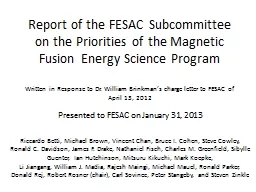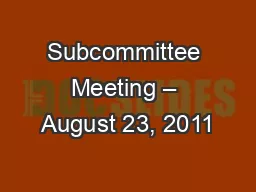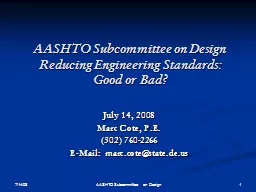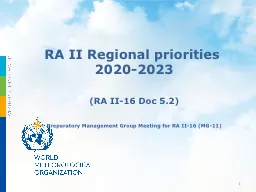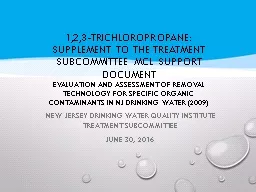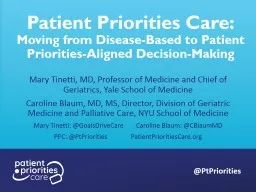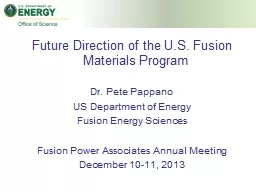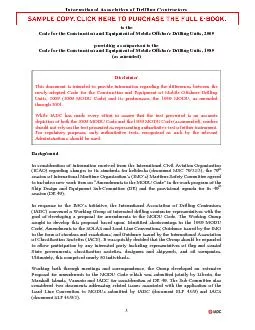PPT-Report of the FESAC Subcommittee on the Priorities of the M
Author : jane-oiler | Published Date : 2017-06-01
Program Written in Response to Dr William Brinkmans charge letter to FESAC of April 13 2012 Presented to FESAC on January 31 2013 Riccardo Betti Michael Brown
Presentation Embed Code
Download Presentation
Download Presentation The PPT/PDF document "Report of the FESAC Subcommittee on the ..." is the property of its rightful owner. Permission is granted to download and print the materials on this website for personal, non-commercial use only, and to display it on your personal computer provided you do not modify the materials and that you retain all copyright notices contained in the materials. By downloading content from our website, you accept the terms of this agreement.
Report of the FESAC Subcommittee on the Priorities of the M: Transcript
Download Rules Of Document
"Report of the FESAC Subcommittee on the Priorities of the M"The content belongs to its owner. You may download and print it for personal use, without modification, and keep all copyright notices. By downloading, you agree to these terms.
Related Documents

